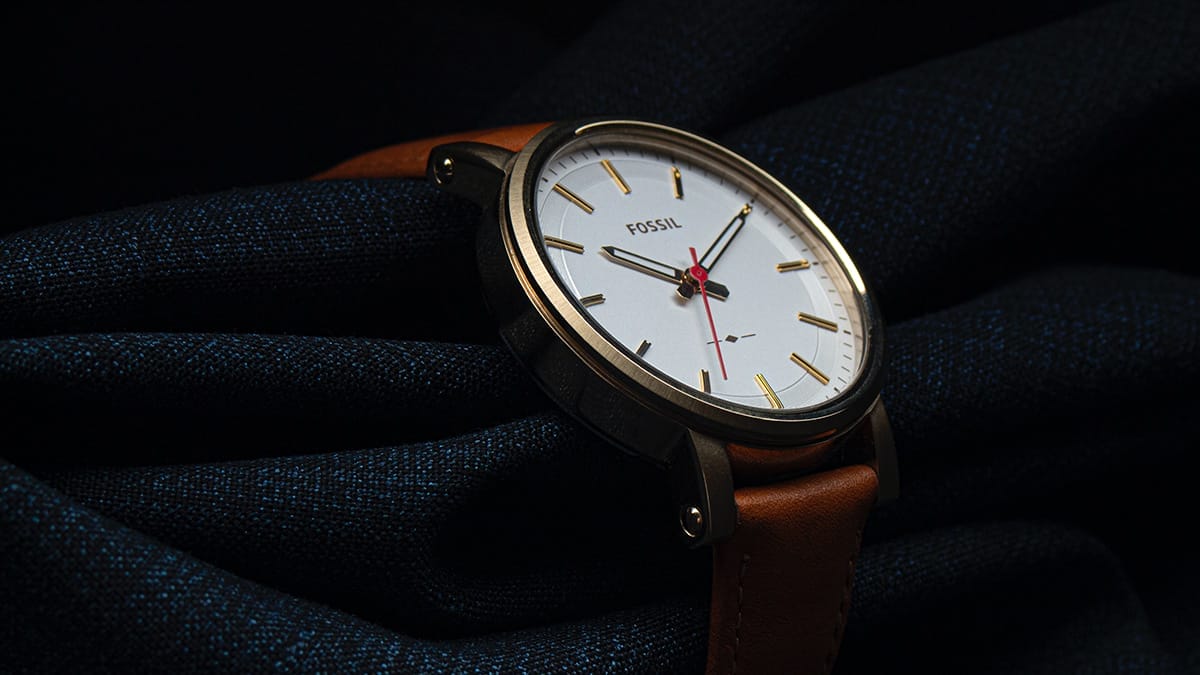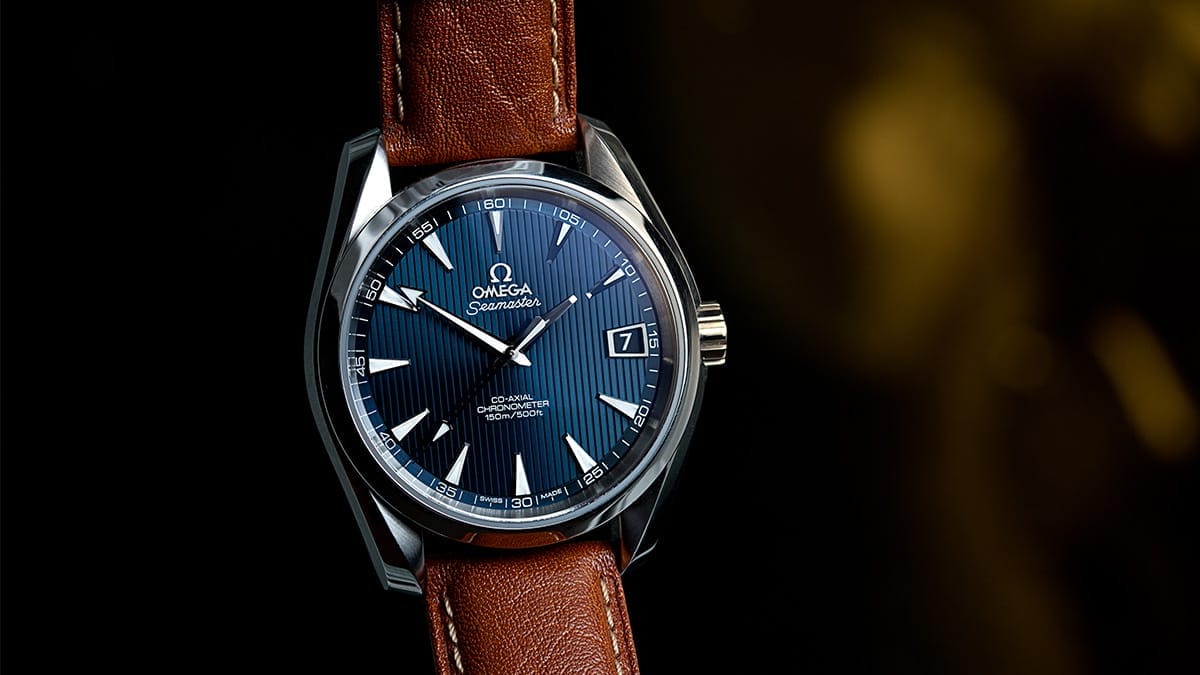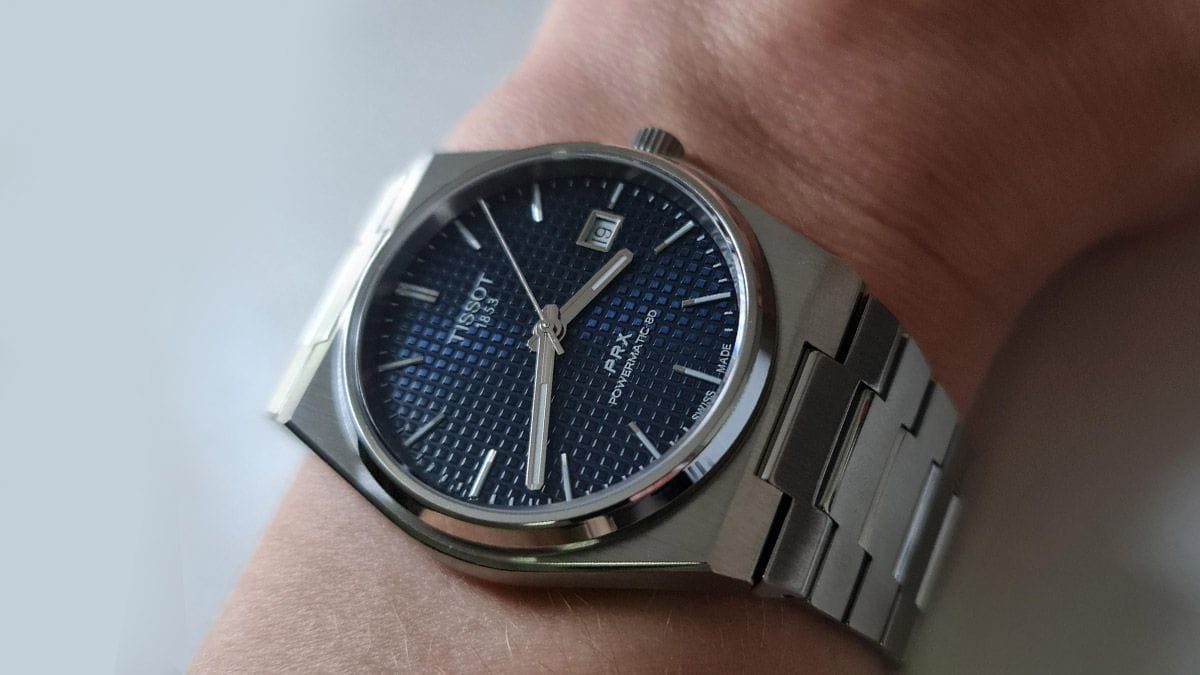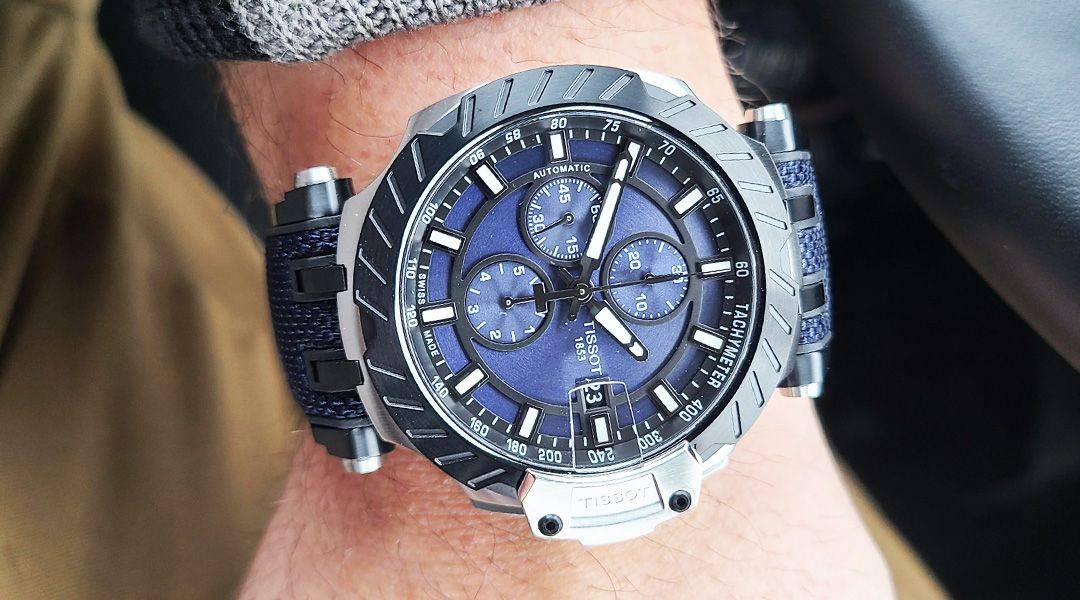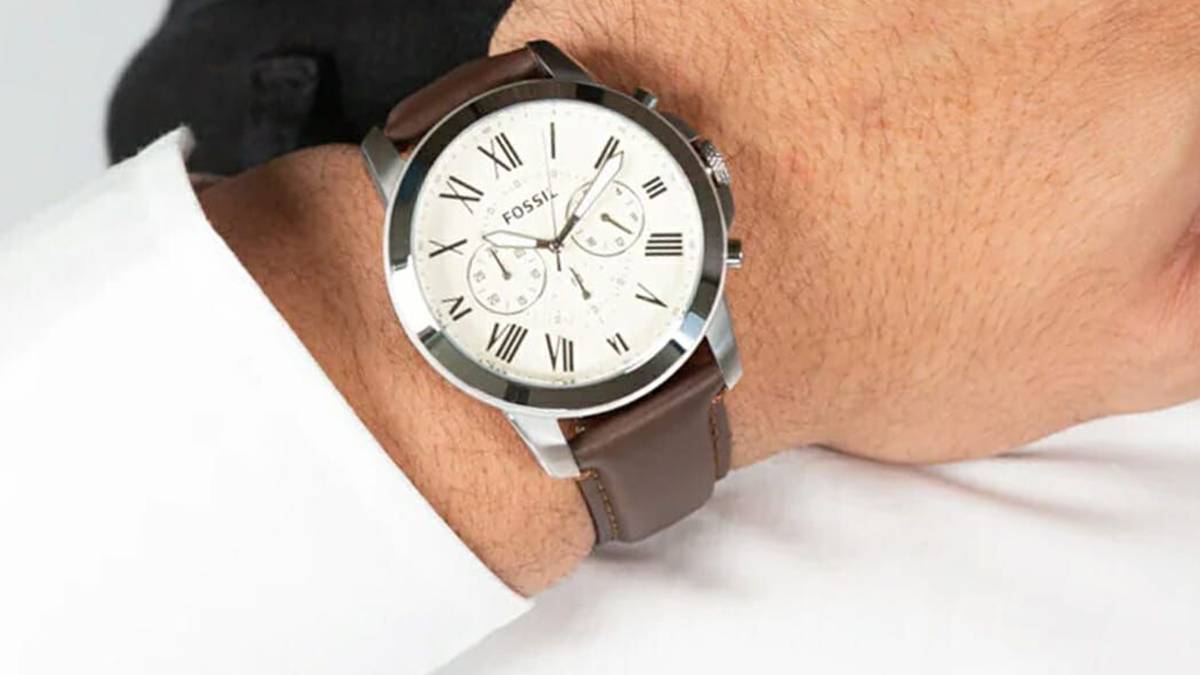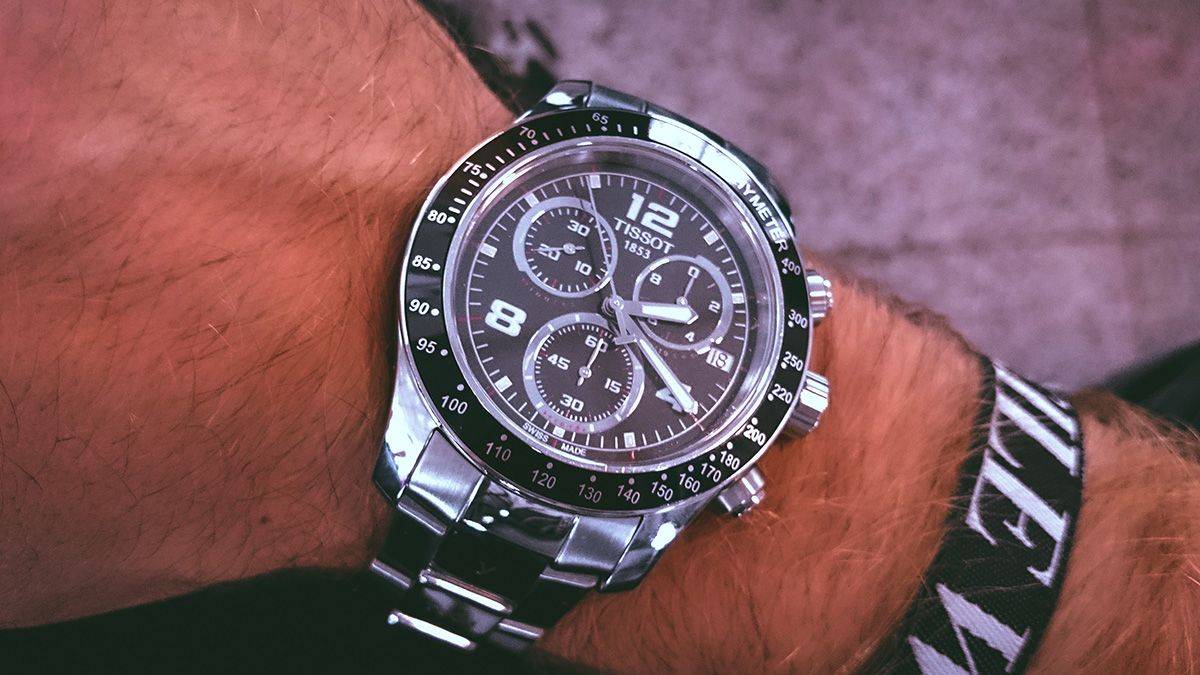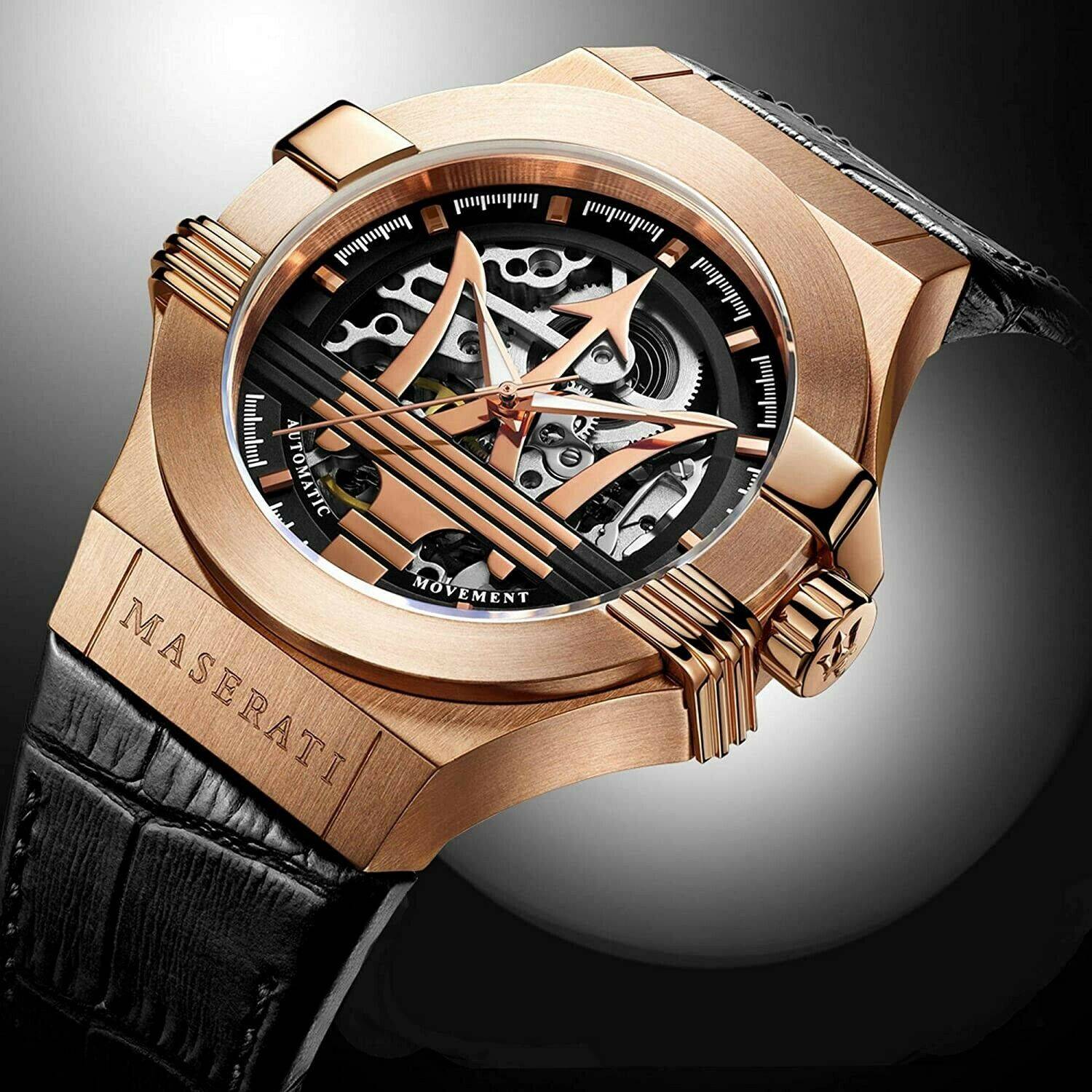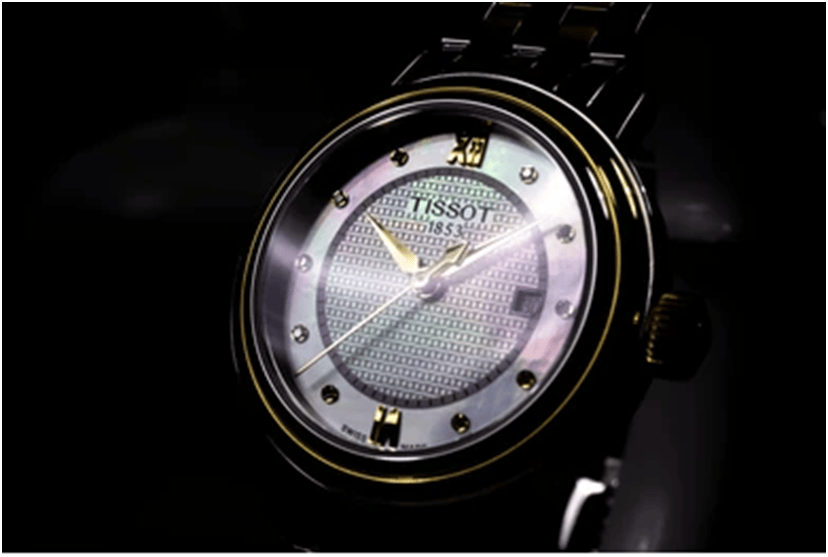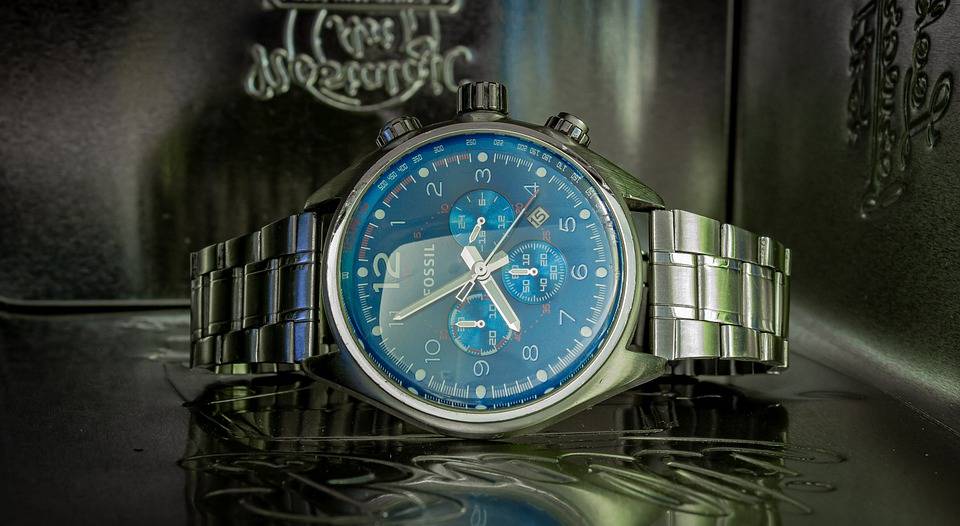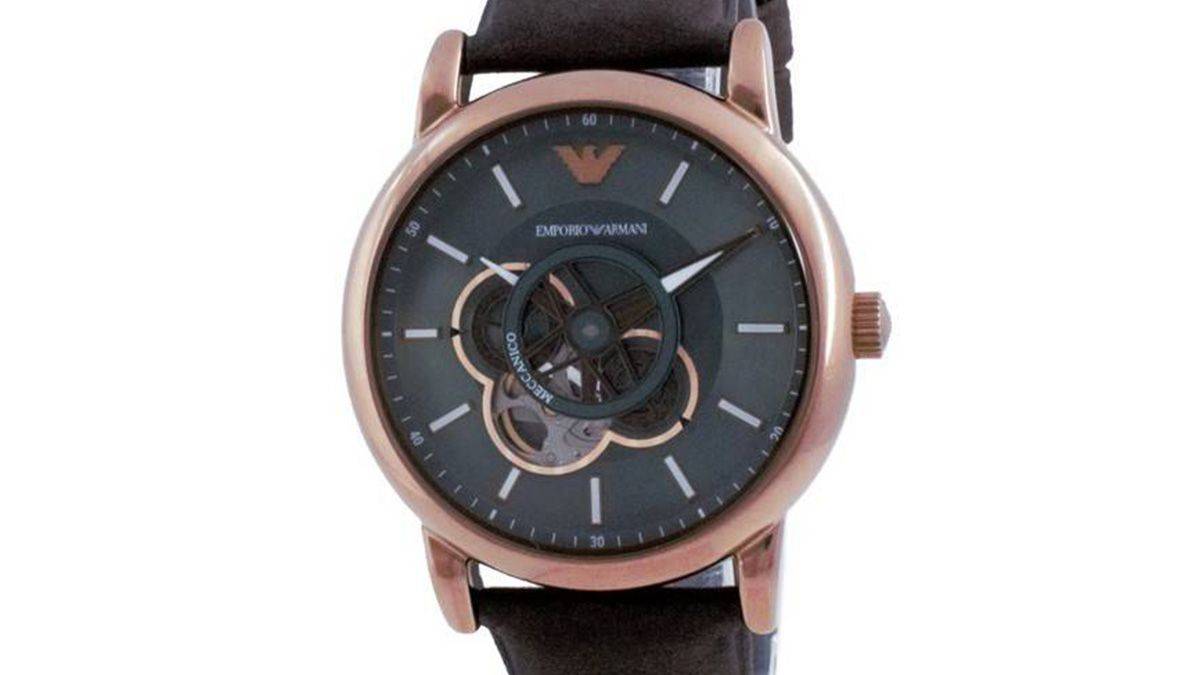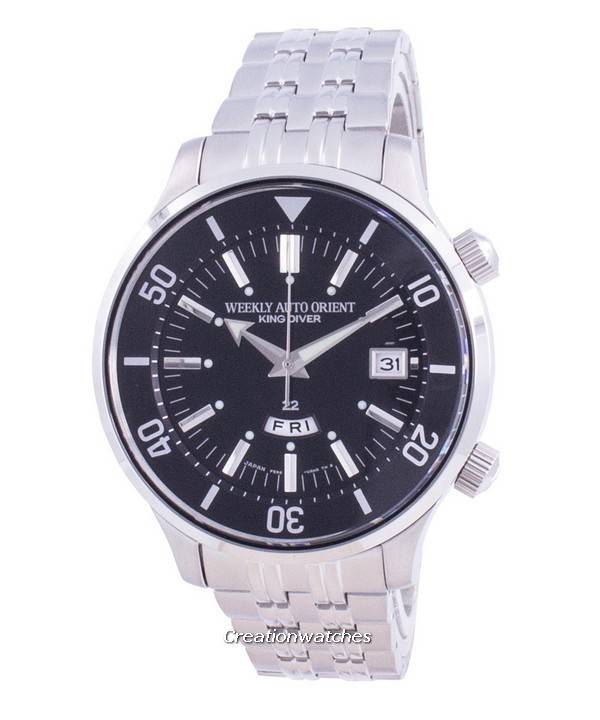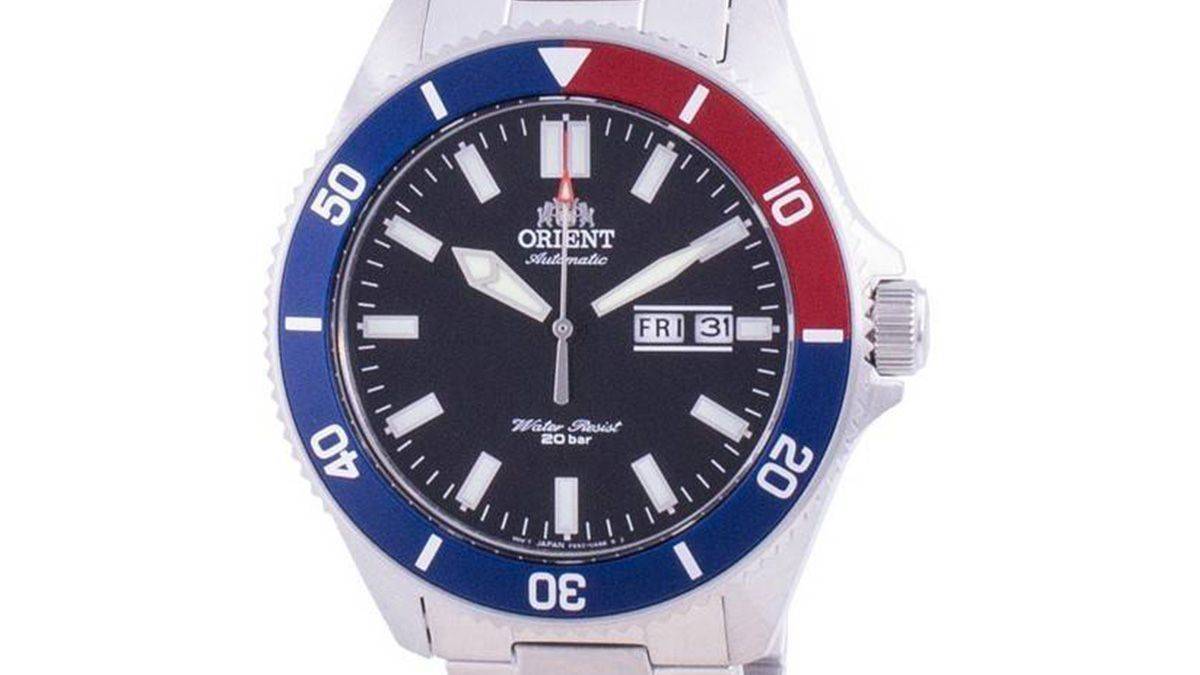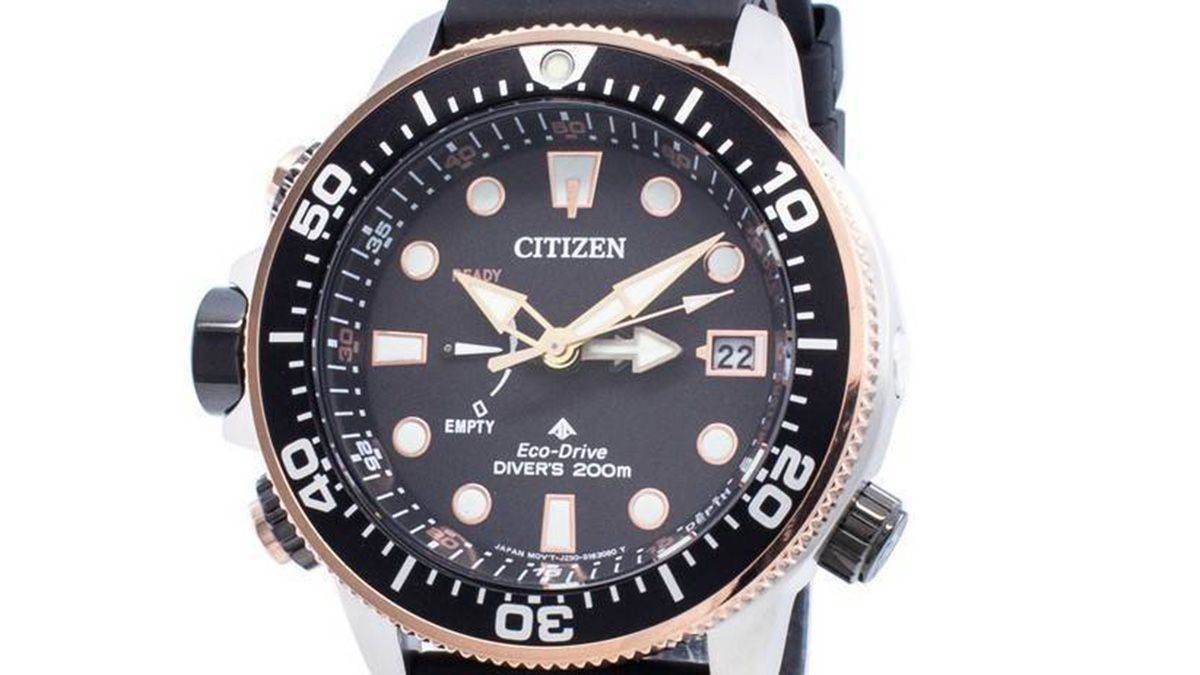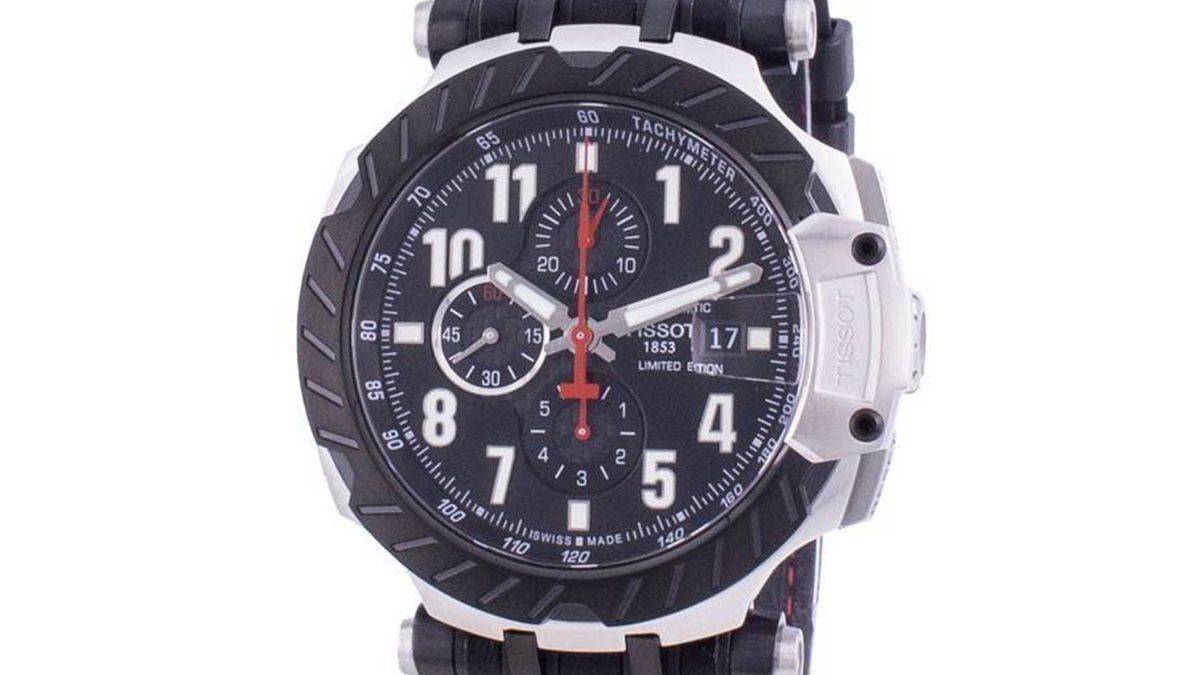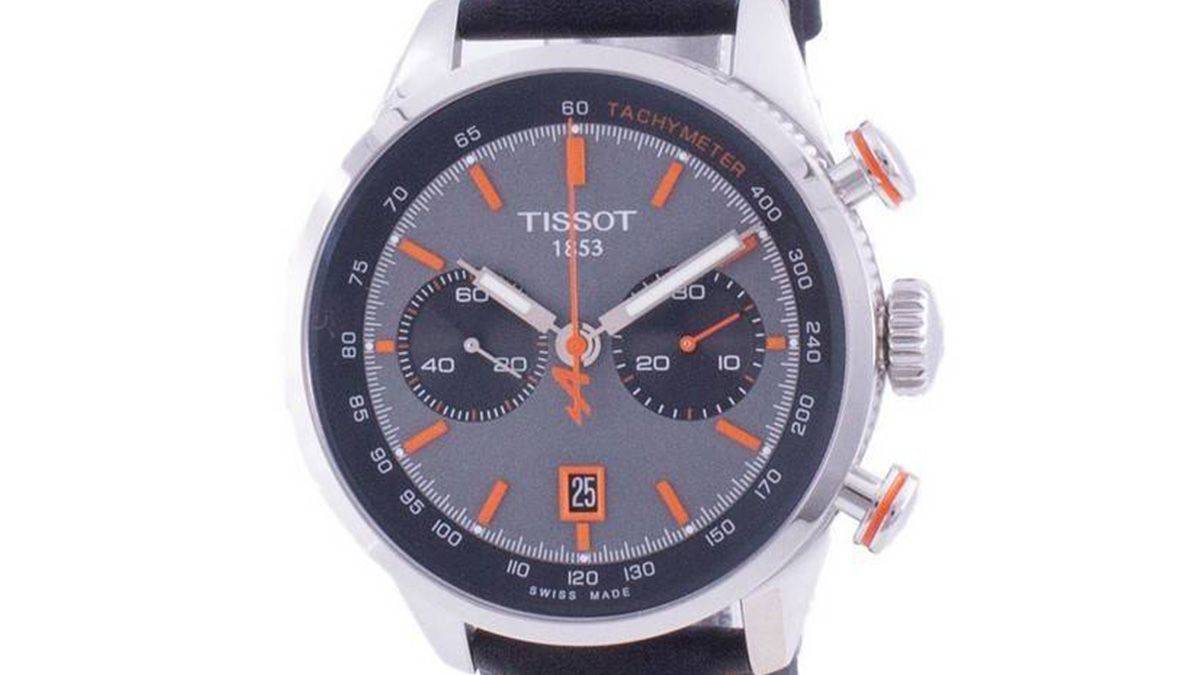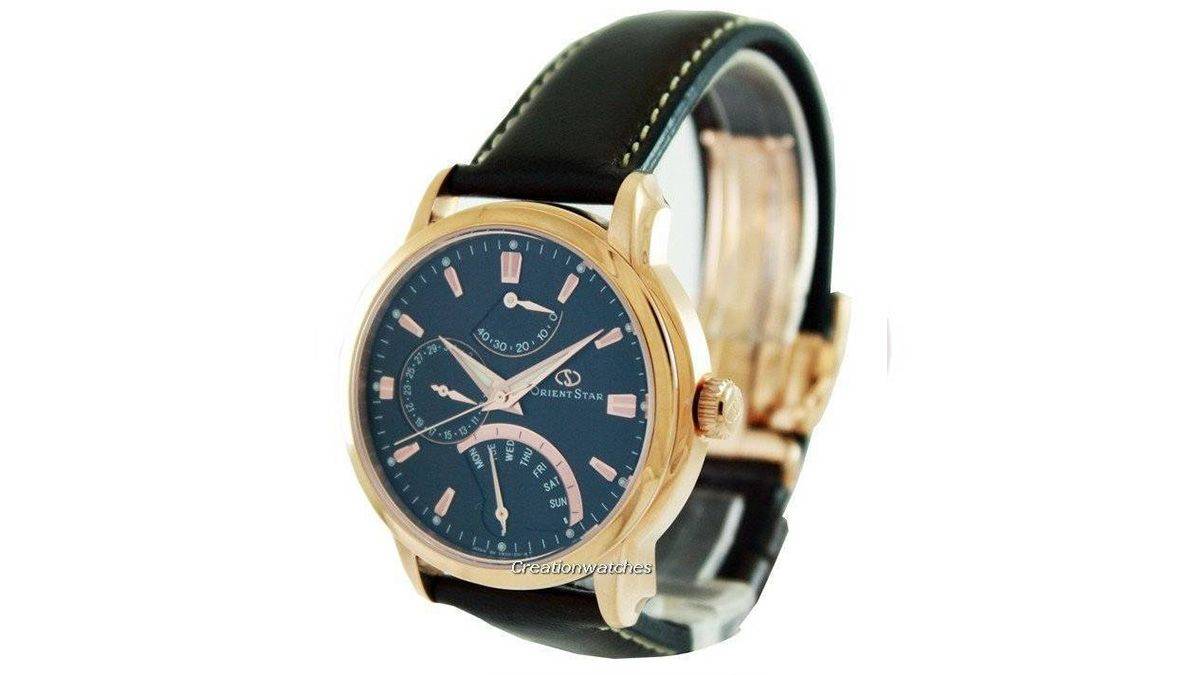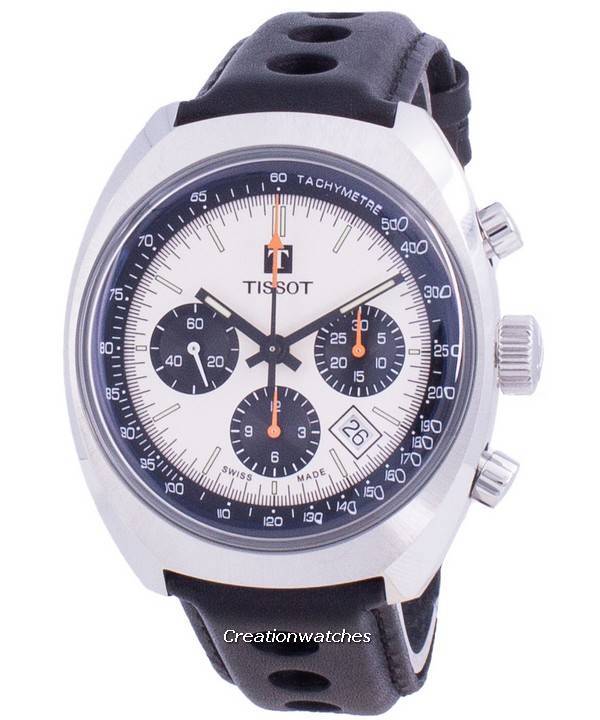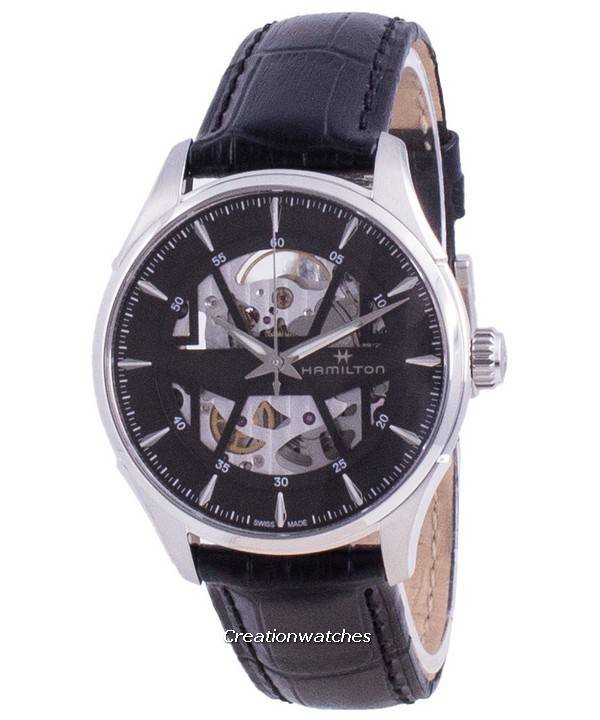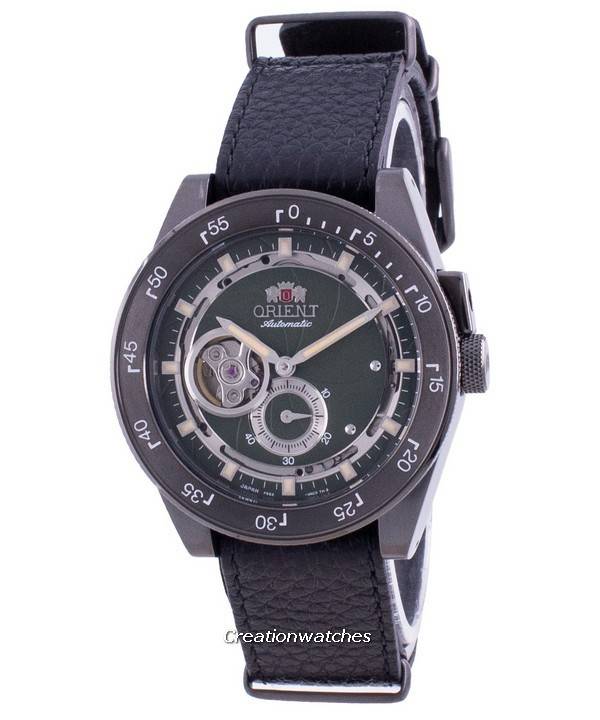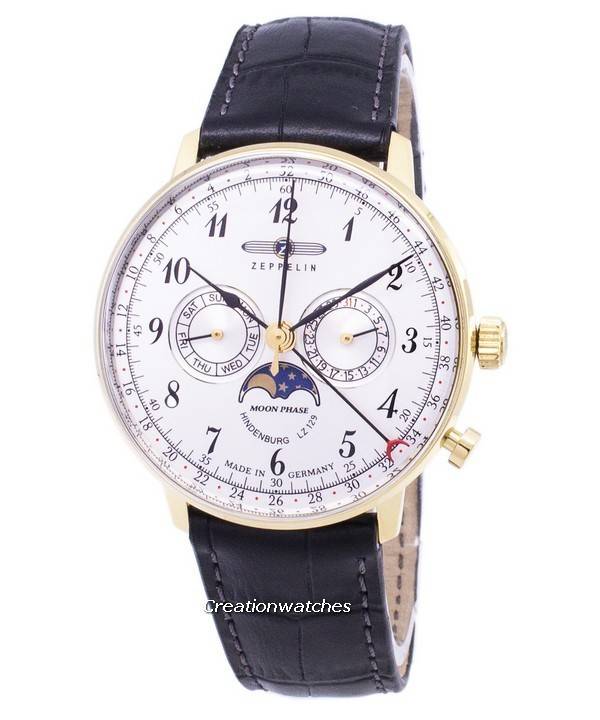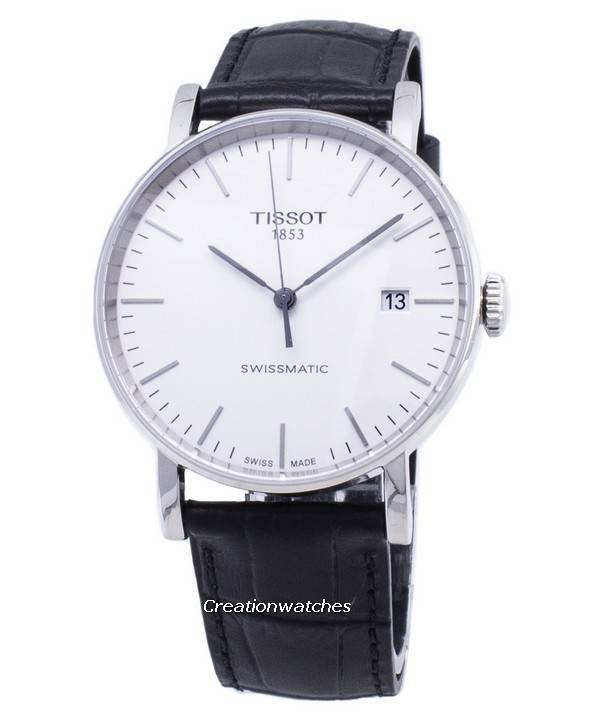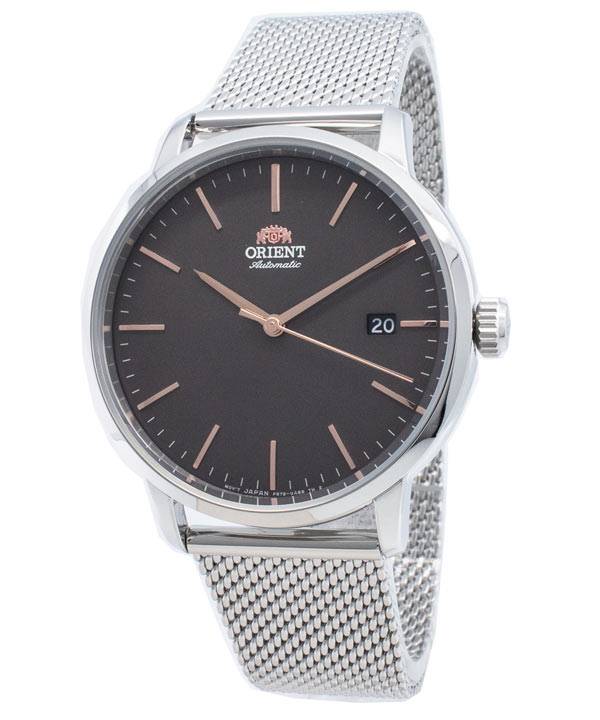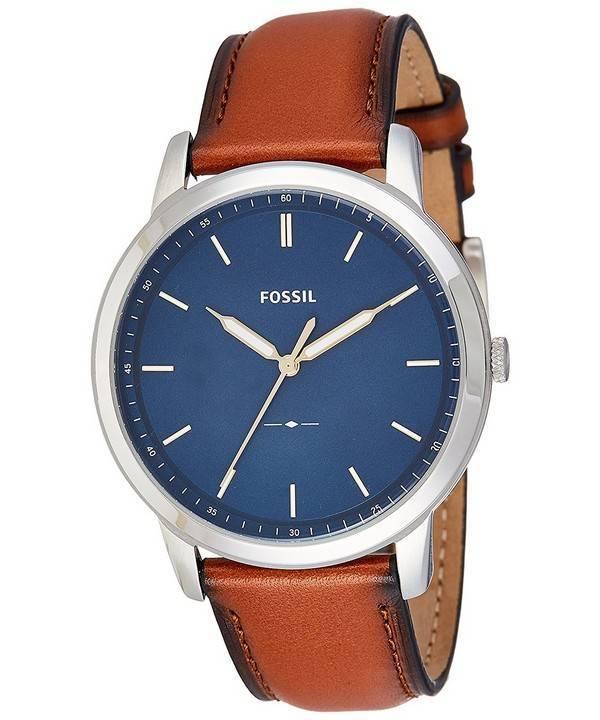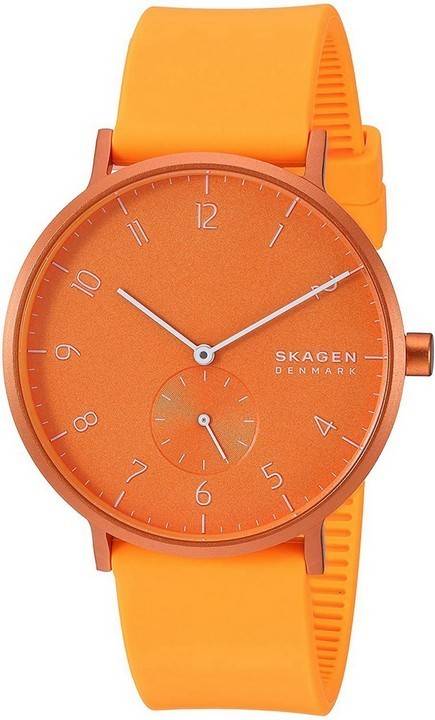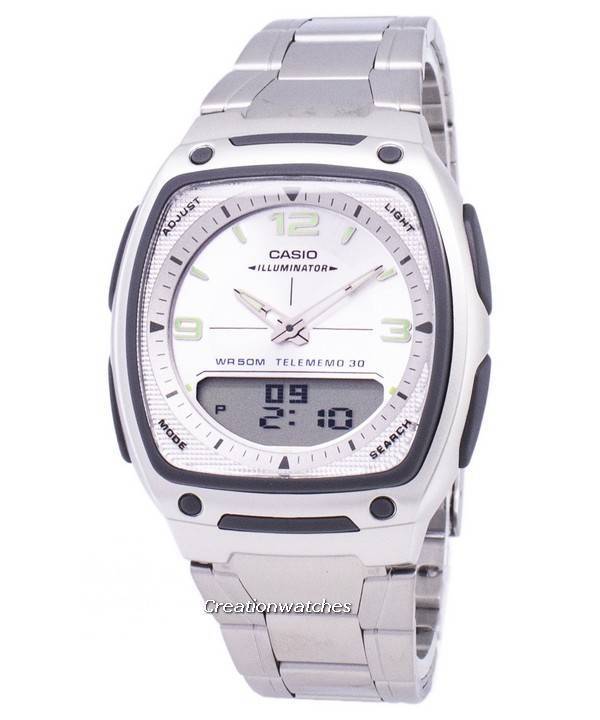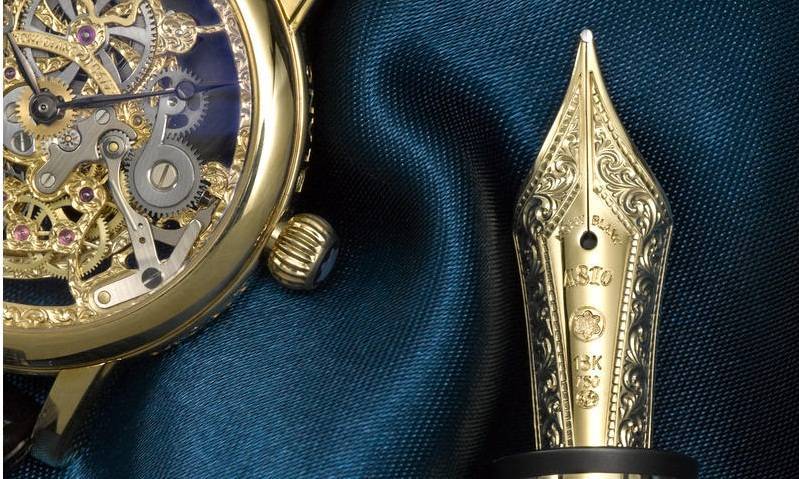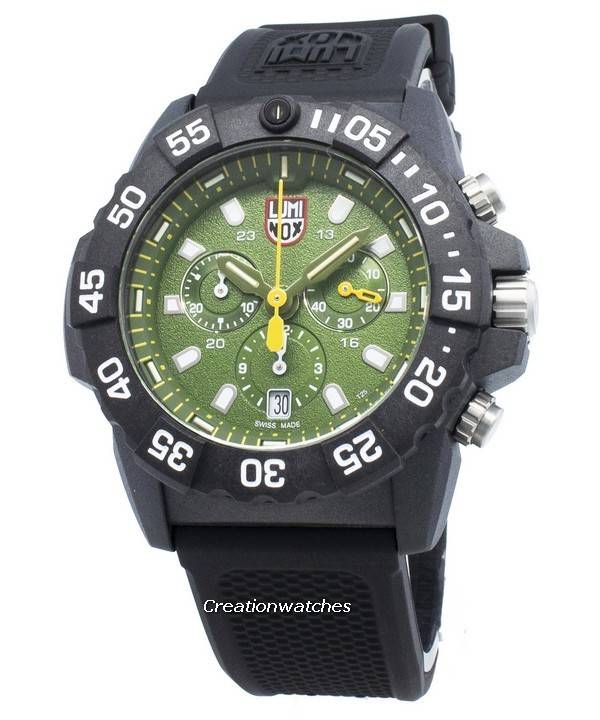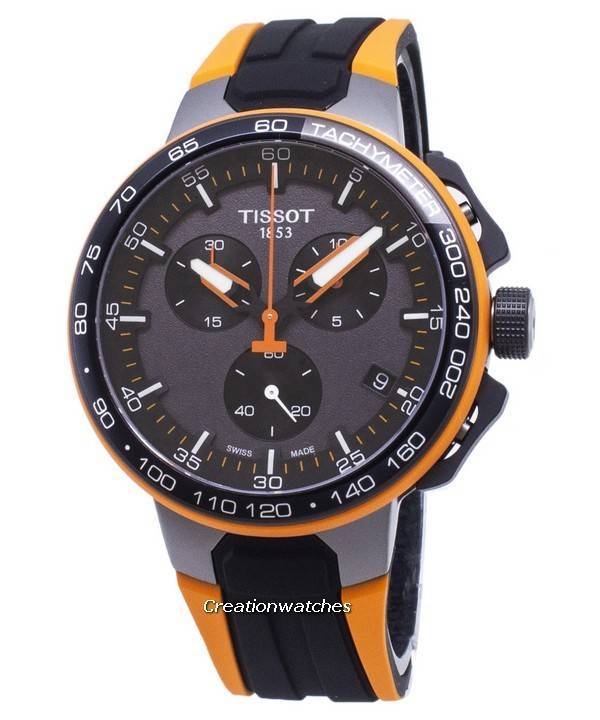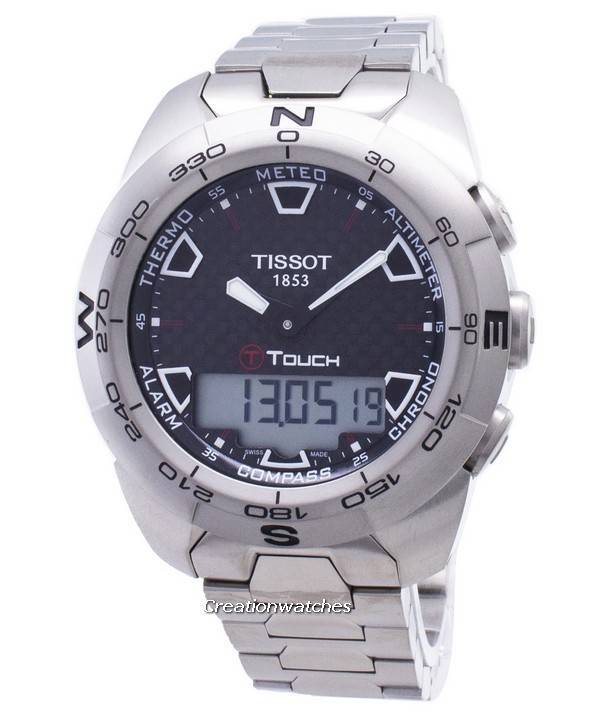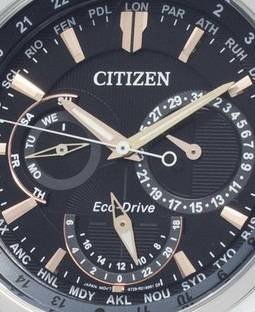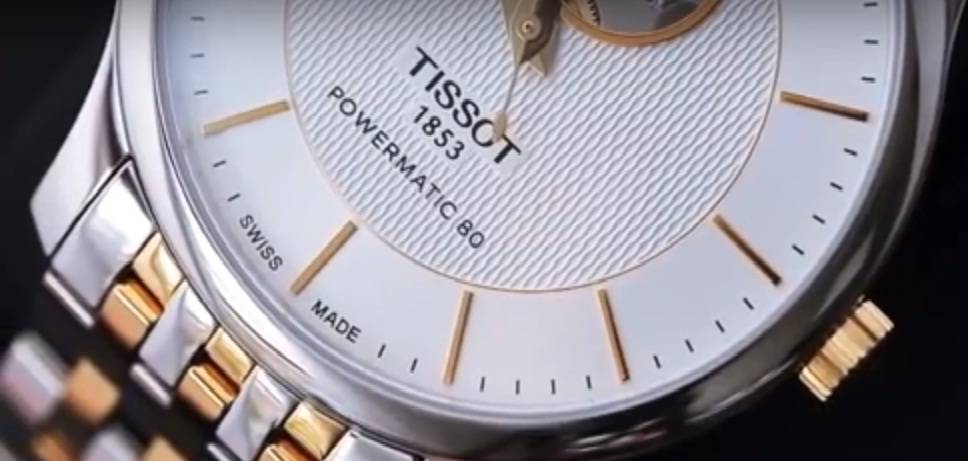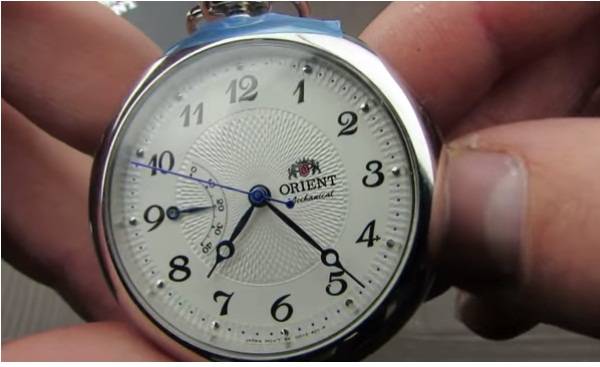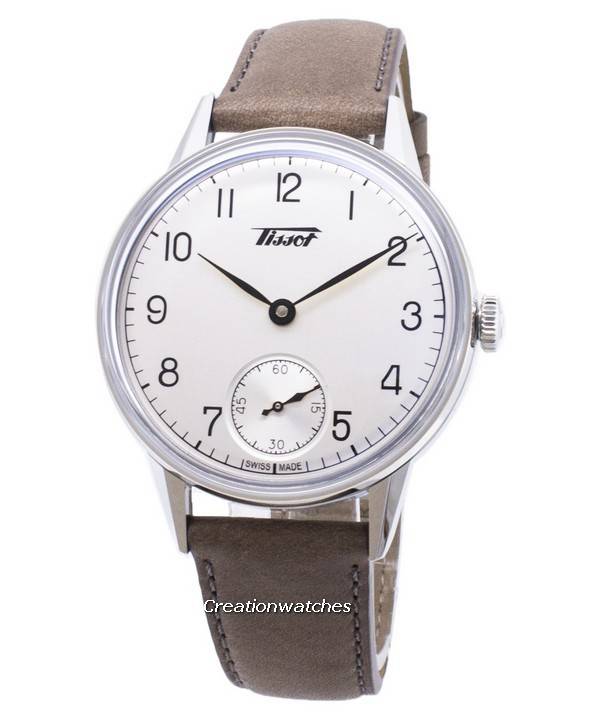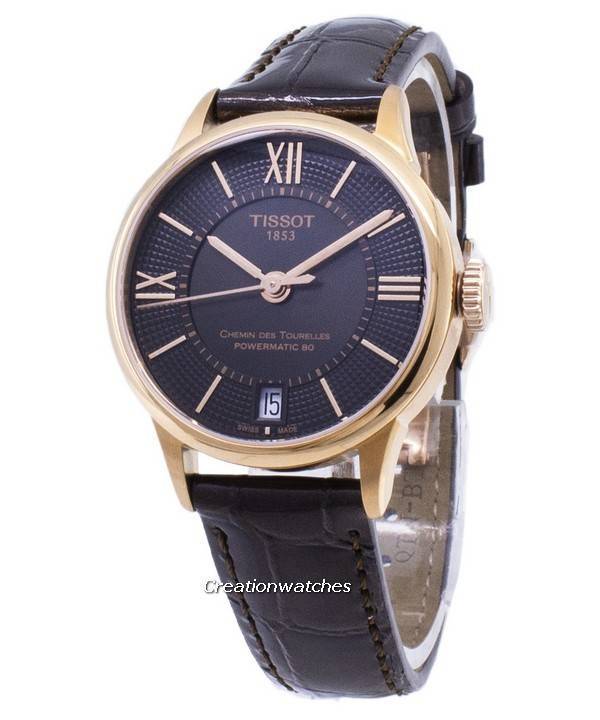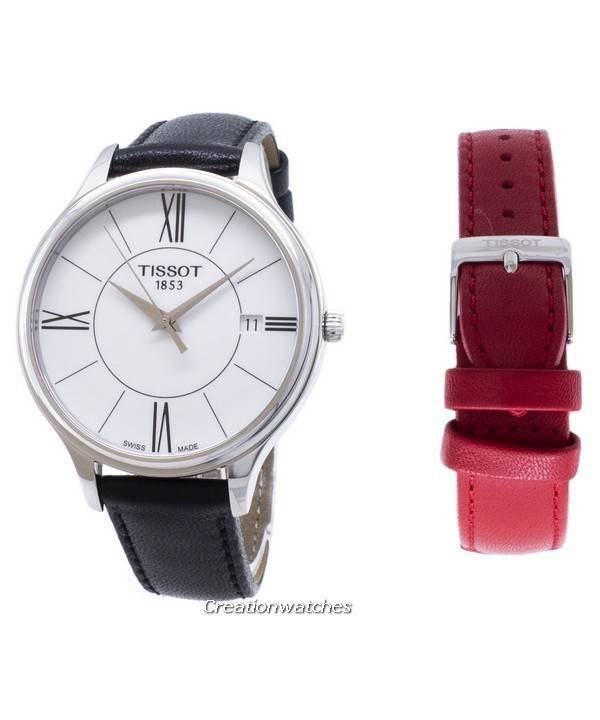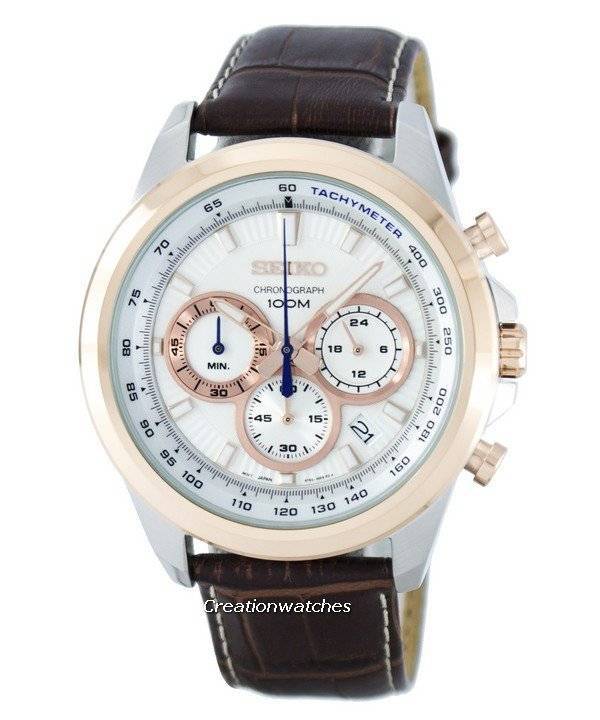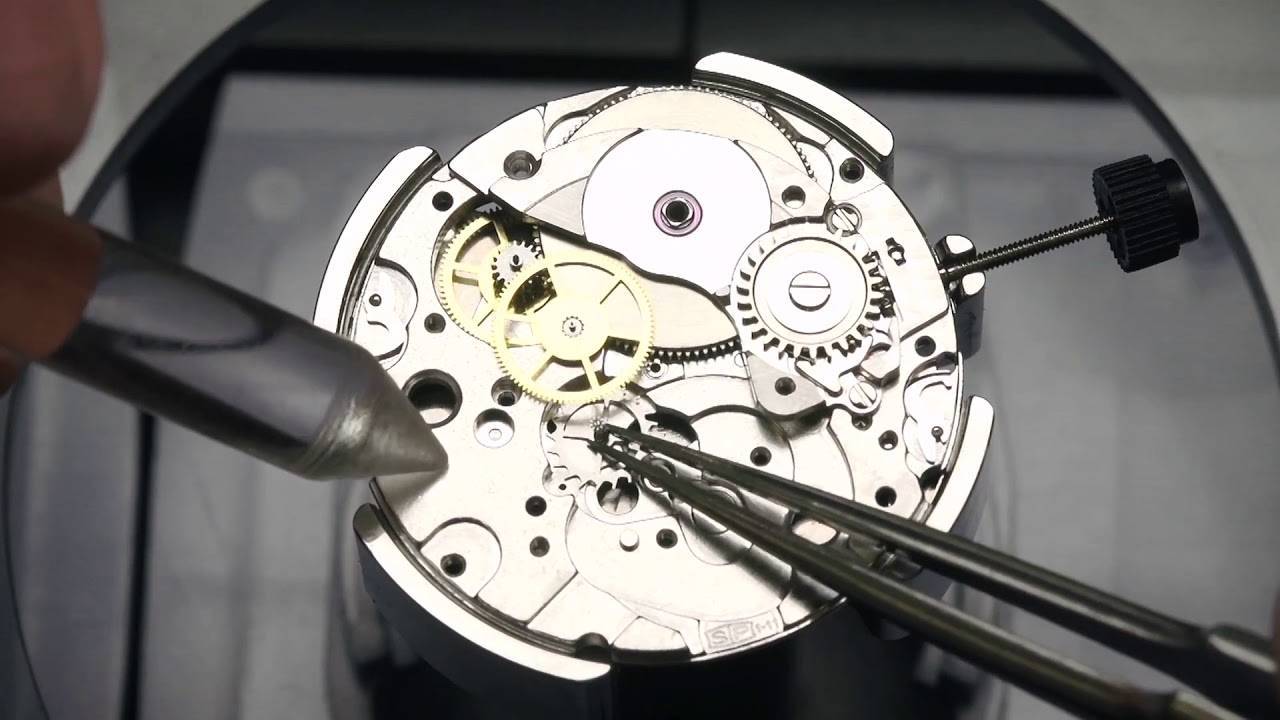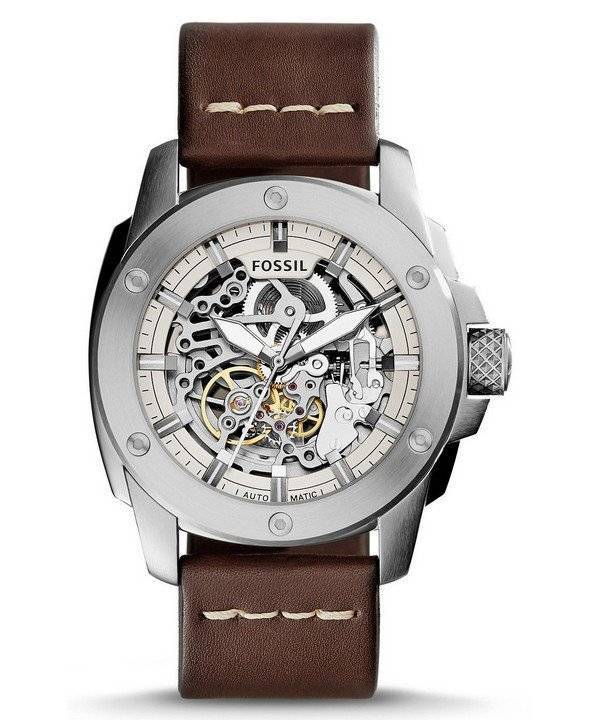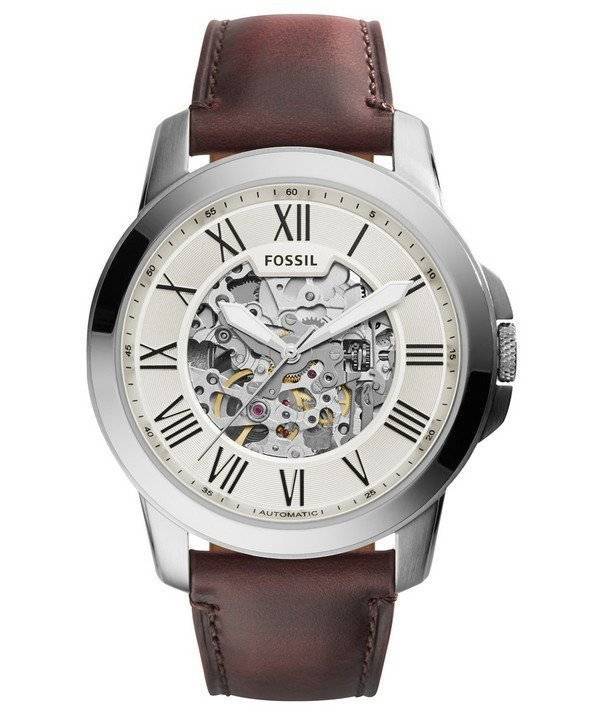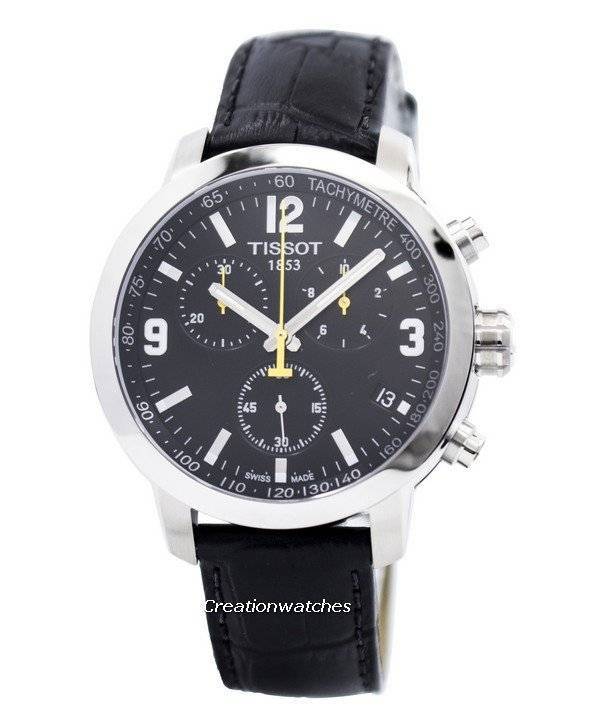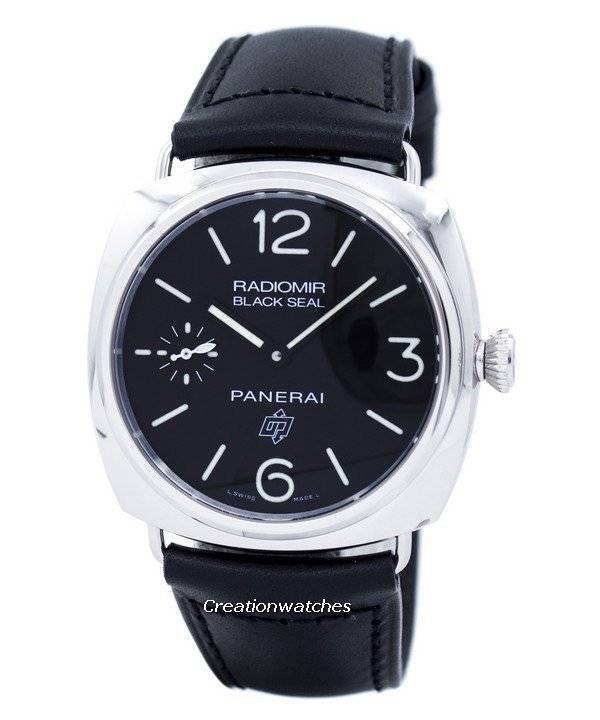
The mode of reading time from the watch is an individual preference. Digital and jump-hour watches show it straight through the numbers; the analogs with hands pointing to the numbers on the dial*. Our discussion centers upon those pointers – to be precise – it is about the various shapes they come in. (*There are also the chiming types, the hourglasses; candle- and water-clocks, but those are not something you will wear on upon your wrist.)
Now, building up an exhaustive list of all the shapes is well…exhausting; besides, there ain’t so much of space. But knowing the most used styles and what they are integral to can make you a proud owner of one without spending a ton!
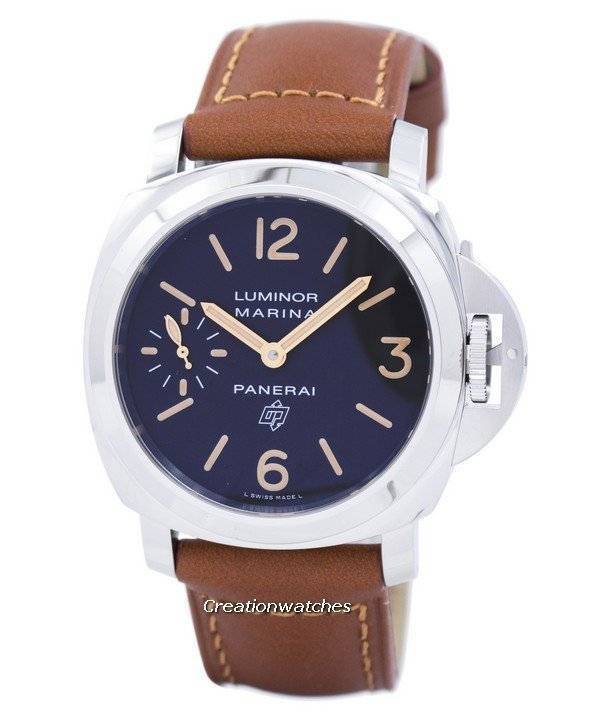
The simpler types:
- Alpha-type Hands: A wide base connected to a narrow stem.
Example: Orient Classic-Elegant Open Heart Automatic - Arrow Hands: Feature an arrow-shaped pointer at the end. Mostly found in outdoors or technical watches.
Example: Orient Sports Automatic Diver’s - Baton Hands: Baton/stick hands come as straight, elongated bars with minimalist lines suiting dress watches perfectly.
Example: Skagen Signatur Slim Titanium Quartz - Dauphine Hands: Most traditional yet popular, the Dauphine style hands are faceted, elongated triangles, the etymology relating to the French Prince (dauphin).
Example: Emporio Armani Classic Quartz - Sword Hands: These are shaped similar to a sword’s blade. The French Glaive is similar. Example: Example: Fossil Grant Sport Chronograph
- Leaf Hands: Feuille in French, leaf hands are wide in the middle and tapering down at the ends. Found mostly in classic, understated watch designs.
Example: Tissot T-Classic Carson Quartz - Pencil Hands: Resembles the vertical cross section of a pencil, including the lead.
Example: Panerai Luminor Marina Logo Acciaio Automatic
The Ornamental
In this context, Breguete comes up first. The nickname is ‘pomme ’ which, is apple in French. It’s the distinctive round hoop near the tip responsible but Breguet hands bring an indelible imprint of the late 18th century to the watches they are used. The 1783 designed, slim, sleek hands were instant successes without being large and heavily decorated to hinder a comfortable reading of time. Breguet streamlined the hands to meet both functional and aesthetic demands, even if the design or mechanism of the rest of the watch is uncompromisingly new. The eccentric, hollowed-out fashion of Breguet represents extreme delicacy exhibiting an irresistible elegance. Close to it are the Fleur-de-Lys hands showing a decoration with a stylized Lily (a commonly used symbol in heraldry) that can be found on many of the European Coat of Arms. Even the French Royalty used this symbol.
In future:
We’ll speak about the more ornamental types like Cathedral and Mercedes hands; the Plongeur – mostly found in classic military and sports watches where large hour hands and slender minute hands are a priority, but until then….
Watch(es) mentioned in this post are listed below. Click to see details and buy them:
- https://www.creationwatches.com/products/orient-automatic-288/orient-classic-elegant-open-heart-automatic-ra-ag0005l10b-mens-watch-12602.html
- https://www.creationwatches.com/products/orient-automatic-288/orient-sports-automatic-divers-200m-power-reserve-japan-made-ra-el0003b00b-mens-watch-12614.html
- https://www.creationwatches.com/products/skagen-mens-watches-379/skagen-signatur-slim-titanium-quartz-skw6419-mens-watch-12598.html
- https://www.creationwatches.com/products/emporio-armani-mens-watches-311/emporio-armani-classic-quartz-ar11049-mens-watch-12564.html
- https://www.creationwatches.com/products/fossil-mens-watches-328/fossil-grant-sport-chronograph-quartz-fs5237-mens-watch-12569.html
- https://www.creationwatches.com/products/panerai-watches-425/panerai-luminor-marina-logo-acciaio-automatic-pam00632-mens-watch-12551.html





